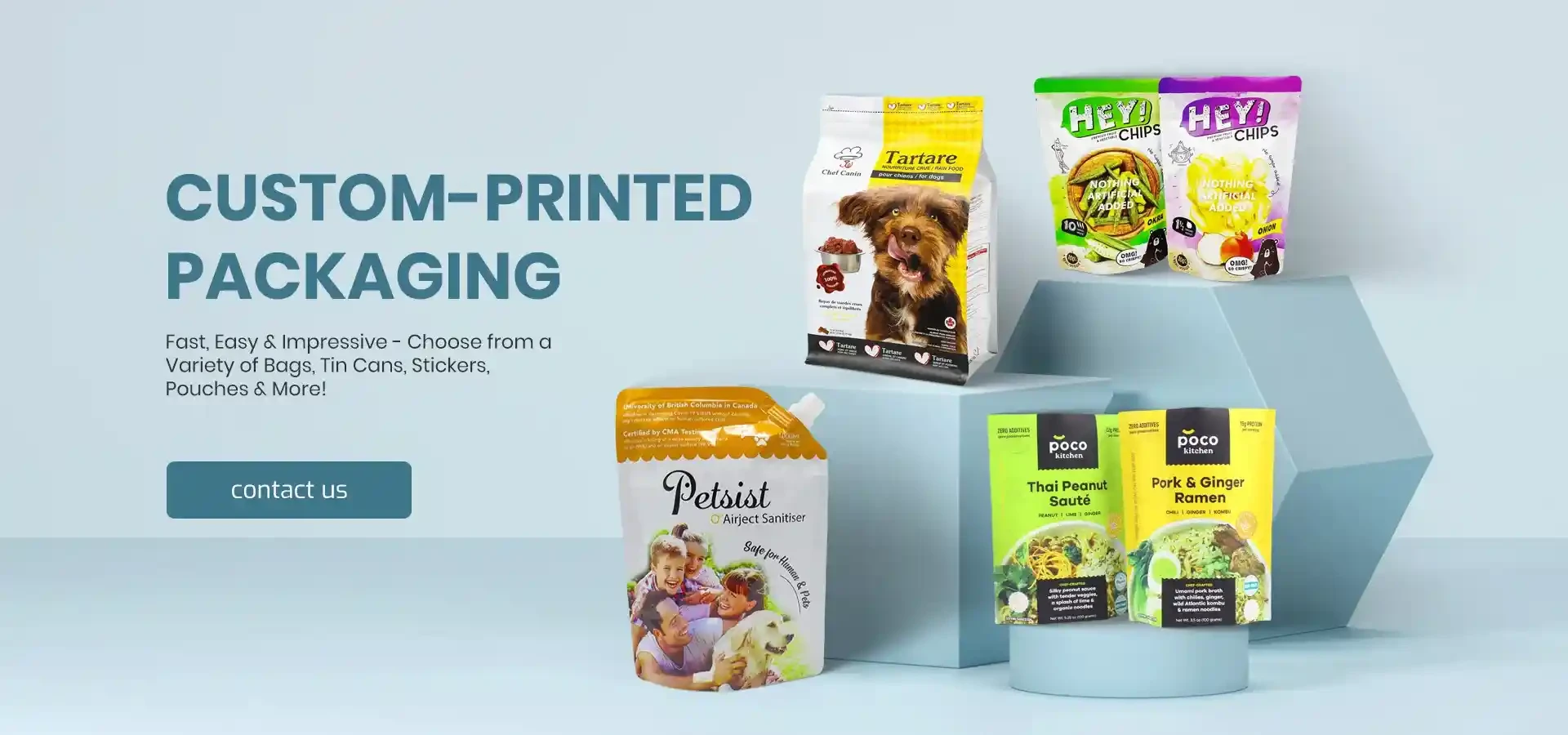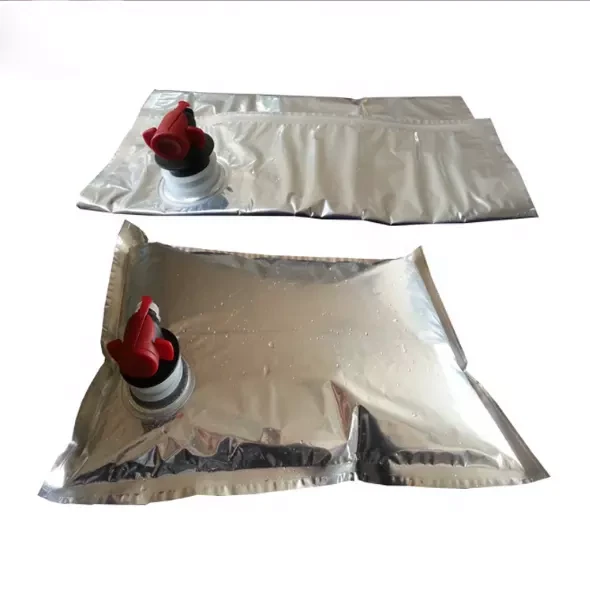- Afrikaans
- Albanian
- Amharic
- Arabic
- Armenian
- Azerbaijani
- Basque
- Belarusian
- Bengali
- Bosnian
- Bulgarian
- Catalan
- Cebuano
- chinese_simplified
- chinese_traditional
- Corsican
- Croatian
- Czech
- Danish
- Dutch
- English
- Esperanto
- Estonian
- Finnish
- French
- Frisian
- Galician
- Georgian
- German
- Greek
- Gujarati
- haitian_creole
- hausa
- hawaiian
- Hebrew
- Hindi
- Miao
- Hungarian
- Icelandic
- igbo
- Indonesian
- irish
- Italian
- Japanese
- Javanese
- Kannada
- kazakh
- Khmer
- Rwandese
- Korean
- Kurdish
- Kyrgyz
- Lao
- Latin
- Latvian
- Lithuanian
- Luxembourgish
- Macedonian
- Malgashi
- Malay
- Malayalam
- Maltese
- Maori
- Marathi
- Mongolian
- Myanmar
- Nepali
- Norwegian
- Norwegian
- Occitan
- Pashto
- Persian
- Polish
- Portuguese
- Punjabi
- Romanian
- Russian
- Samoan
- scottish-gaelic
- Serbian
- Sesotho
- Shona
- Sindhi
- Sinhala
- Slovak
- Slovenian
- Somali
- Spanish
- Sundanese
- Swahili
- Swedish
- Tagalog
- Tajik
- Tamil
- Tatar
- Telugu
- Thai
- Turkish
- Turkmen
- Ukrainian
- Urdu
- Uighur
- Uzbek
- Vietnamese
- Welsh
- Bantu
- Yiddish
- Yoruba
- Zulu
nail polish container
The Evolution and Significance of Nail Polish Containers
Nail polish has become a staple in the beauty industry, but much of its charm lies not just in the vibrant colors and trends, but also in the container that houses it. The evolution of the nail polish container reflects broader changes in design, functionality, and consumer preferences, paving the way for innovation in packaging.
Initially, nail polish was contained in simple glass vials, which served primarily to hold the product securely. These early containers were often utilitarian, lacking the aesthetic appeal that we associate with cosmetic packaging today. As the beauty industry began to flourish in the early 20th century, however, manufacturers recognized the importance of branding and presentation. This led to the introduction of more decorative glass bottles, often with intricate designs, tailored to attract consumers.
The materials used in nail polish containers have evolved significantly. Early containers were made exclusively of glass, which, while elegant and effective at displaying the polish's color, posed challenges such as fragility and weight. In contrast, modern containers often use a combination of materials, including plastic and glass, to create a balance of durability and visual appeal. Lightweight plastic tubes or bottles are now more prevalent, appealing to a market that favors convenience without sacrificing style.
Another critical aspect of nail polish containers is the design of the applicator. Initially, applicators were rudimentary, often leading to difficulties in achieving an even coat. Innovations such as the development of the brush applicator, featuring finely tapered bristles, revolutionized the way consumers apply nail polish. Today, brush design is still a focal point for many brands, with features like ergonomic handles and updated bristle technology that ensure a smooth, streak-free application. The shape and size of these brushes can significantly affect the user experience, thereby influencing purchase decisions.
nail polish container

Moreover, sustainability has become a pressing concern in recent years, pushing brands to rethink their container designs. Eco-conscious consumers are increasingly demanding products that minimize environmental impact. In response, some companies are adopting recyclable materials and refillable options, allowing consumers to reuse containers instead of discarding them after a single use. This shift towards sustainability not only enhances brand reputation but also caters to a growing market segment that prioritizes environmental responsibility.
The marketing of nail polish containers has also transformed dramatically with the rise of social media and digital marketing. Packaging is now viewed as a critical part of the marketing strategy, often influencing a consumer's first impression of the product. Brands spend considerable resources on creating visually striking packaging that stands out on crowded retail shelves and social media feeds. Unboxing experiences, influenced by platforms like Instagram and TikTok, dictate that containers must be not only functional but visually appealing, allowing consumers to showcase their purchases online.
Additionally, limited edition packaging has gained popularity, providing consumers with exclusive designs that create a sense of urgency and excitement. Collectible containers featuring unique artwork or seasonal themes have become a marketing strategy that not only drives sales but also fosters a sense of community among consumers who cherish these limited-time offerings.
In conclusion, the nail polish container is far more than a simple vessel; it embodies changes in consumer needs, technological advancements, and aesthetic desires. From its utilitarian origins to its modern representation of style and sustainability, the evolution of nail polish packaging mirrors the beauty industry's dynamic landscape. As trends continue to shift, it will be exciting to see how future innovations in nail polish containers will shape consumer experiences and expectations while promoting a more sustainable beauty culture. With the intersection of design, functionality, and environmental consciousness, the future of nail polish containers appears vibrant and full of potential.













